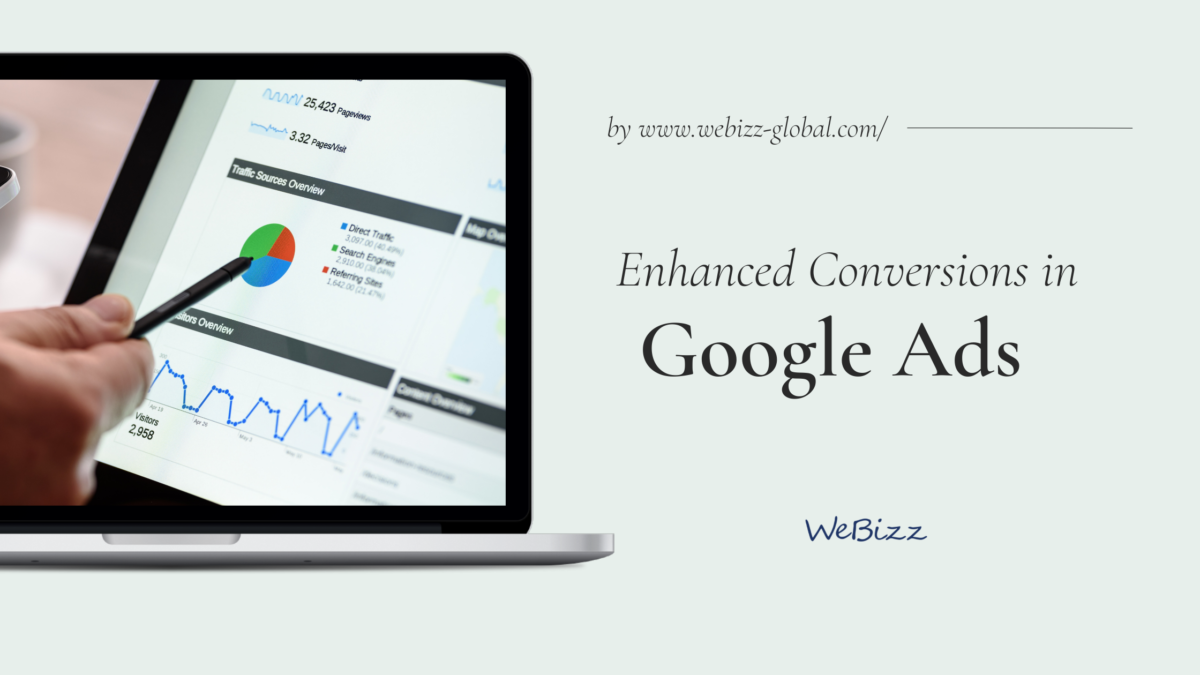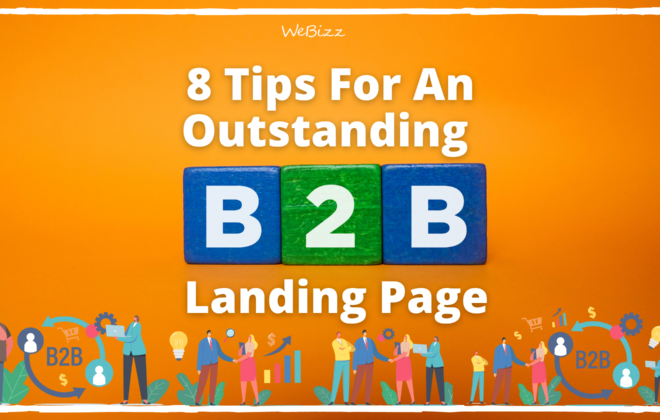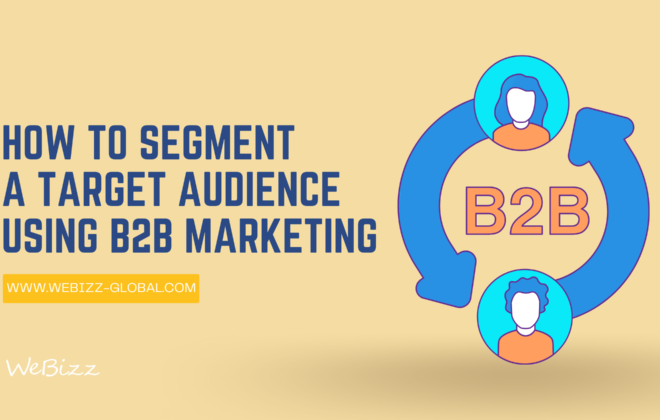Enhance Conversions for Your B2B Marketing Campaigns – Easy Explanation
Google Ads is constantly evolving. That includes a stream of updates to many existing tools on the platform.
One of the most recent and essential updates for any business is Google Ads’ enhanced conversion system.
What is Google Enhanced Conversion?
According to the Google, the new enhanced conversions will take your marketing to the next level of targeting and Return on Investment.
As Google says:
“Optimized conversions is a feature that can improve the accuracy of your conversion measurement. It complements your existing conversion tags by sending your site’s hashed first-party conversion data to Google in a privacy-safe manner,” (Source: Google).
In other words, Google stores information that is gathered in a conversion and uses it to provide far more advanced customer matching and greater accuracy in customer prospecting in the future. This is a huge step up.
Enhanced Conversion is in Beta
Google’s enhanced conversion program is now available. Google’s upgraded conversion platform was launched in May of last year, but Google only recently announced the enhanced conversion options in September of 2021.
Here’s How it Works in Practice:
Let’s say a user clicks on a Google ad on their laptop, goes to your website, but doesn’t convert. Then, let’s say this same user later returns to your site via organic mobile search and converts on other sites.
Third-party cookies, which track individuals across the web and across devices, allow you to see this path from paid ad to organic search and conversion.
Without them, the organic visit would be treated as a new user and a new visit, not linked to the ad, and the advertiser would falsely believe that their ad did not play a role in the ultimate conversion.
With enhanced conversions, you take the primary data collected about users from conversion actions on your site (name, address, phone, email, etc.) and send it back to Google. Google then combines this primary information with your primary information (Google user accounts). This allows Google to link a user’s behavior on your site to their behavior with your ads on all Google properties, regardless of device.
What is the Result of This?
The result of enhanced conversions, is that third-party cookies for tracking conversions across devices without third-party cookies make your life a whole lot easier.
And the privacy part is also taken care of, because the transmitted data is hashed and will be aggregated and anonymized in your reports.
There are Three Ways to Configure Enhanced Conversions:
1. Manually with Google Tag Manager
This allows you to quickly and easily update tags and code snippets on your website. It’s a great way to get enhanced conversions up and running.
2. Manually with Google site-wide encoding
Use Google’s global site tag directly on your page (not via a third party tool or iFrame)
3 With API
Access the functionality of an application via other software using an application programming interface (API).
By using API, it is possible to make two different systems “talk” to each other and share data, functions and services.
Three Key Pieces of Data That You Need for an Enhanced Conversion
1. Email address
2. Name and residential address
3. Phone number
This information is typically gathered via subscriptions, signups and purchases.
Grow Your Business
With the correct use of Google’s enhanced conversions tool, your business will be more successful and profitable.
Isabella Federico
Categories
- B2B (9)
- Design (1)
- Digital Marketing (4)
- Google (2)
- Google Ads (7)
- News (1)
- Uncategorized (34)




